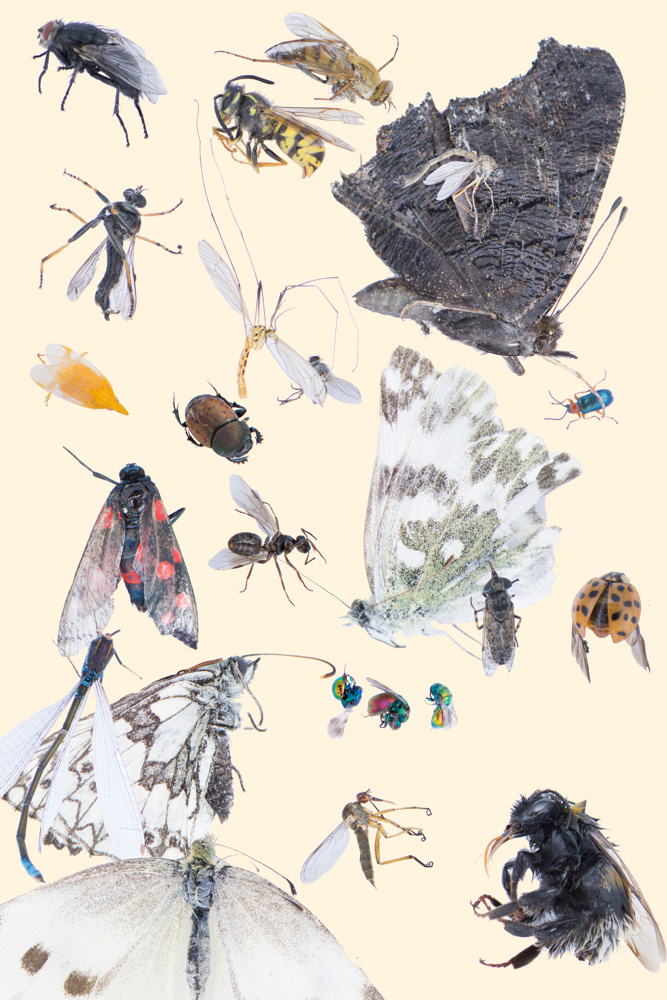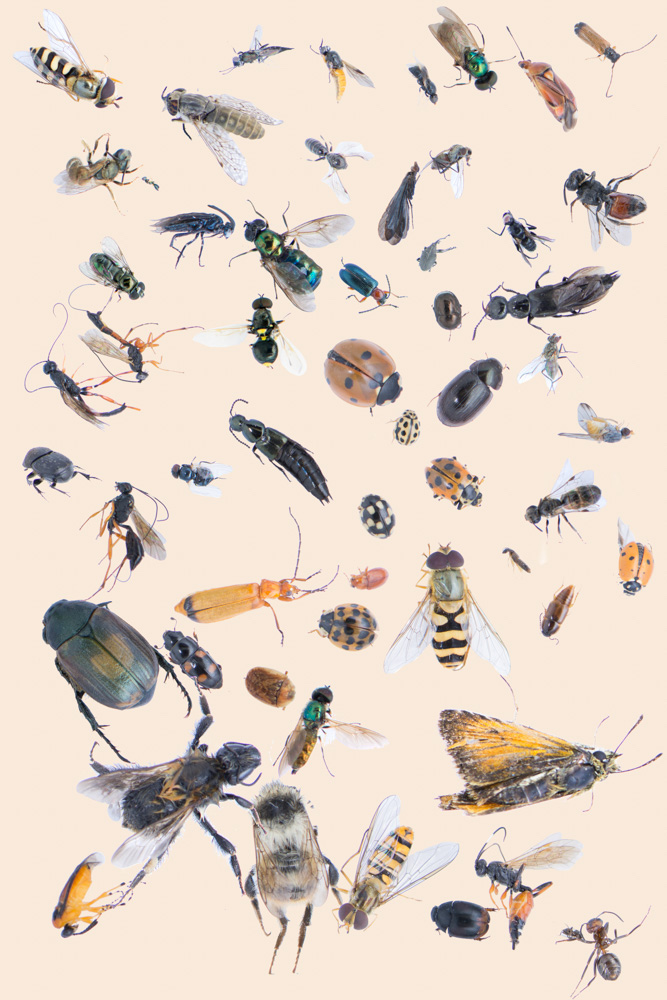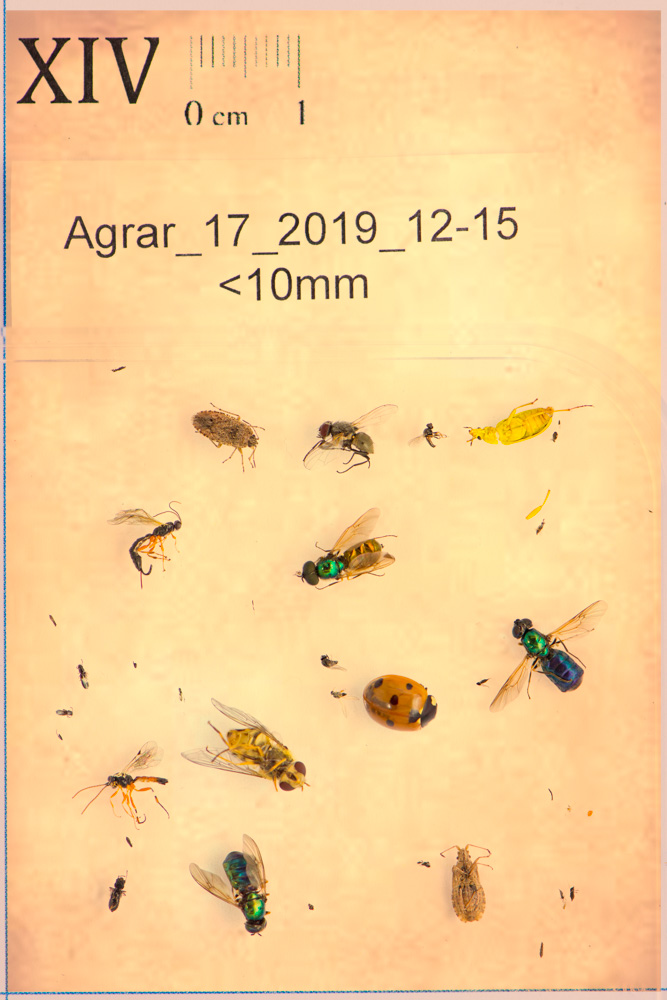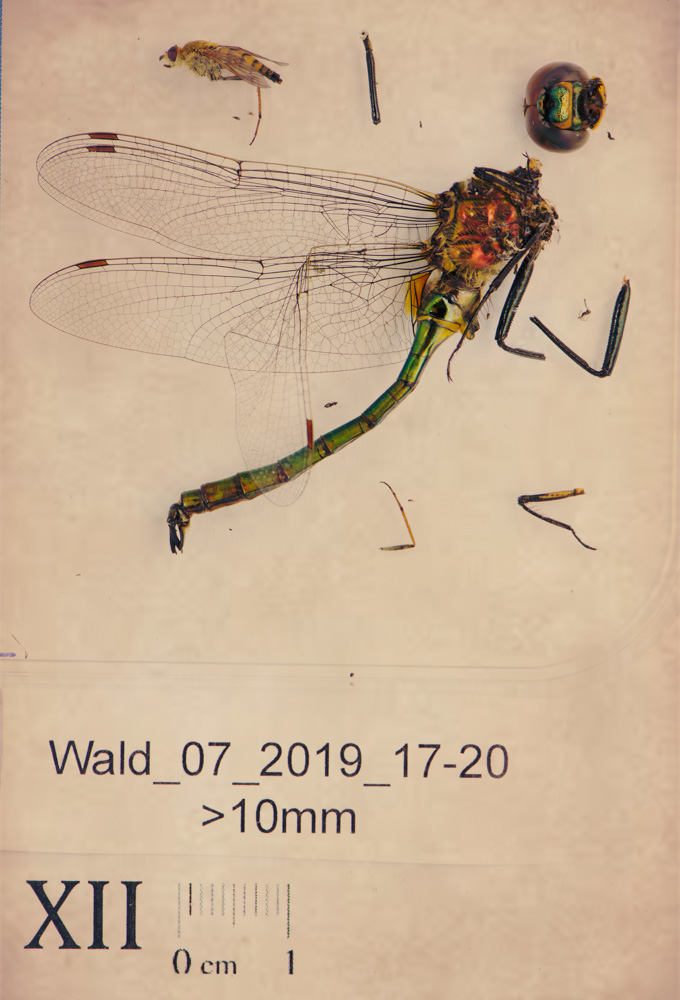This project works with citizen volunteers across Germany to sample insects by driving car in different landscapes. Insects diversity will be measured to assess the impact of land use intensity and fragmentation of insect populations. DNA-metabarcoding and automated image classification methods are developed with partners to aid insect identification. In addition, motivation in conservation-based citizen science was analyzed.
Details: Insects from five different landscapes were sampled, which include forests, urban areas, agricultural lands, webland and grassland. Citizens will drive car with nets on top through the planned routes through these landscapes every year in June or July. Sampling will be done twice per day (at 12:15 and 17:25) for the same route. The insect samples will first be pre-sorted and recorded in the labor using automated image classification, and then sequenced using metabarcoding to determine biomass, abundance and species composition.
The aim:
to determine the occurrence of insects and their biomass, abundance (number) and species composition in different landscapes
The Result:
Until now, sampling has been throughout Germany
on selected routes in 2018 and 2019...Further results will be shown later.



